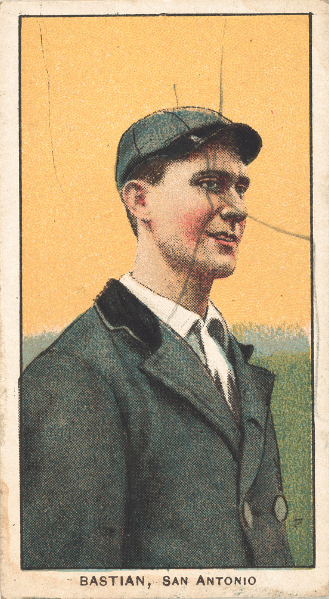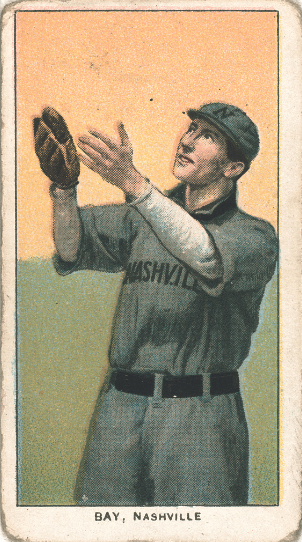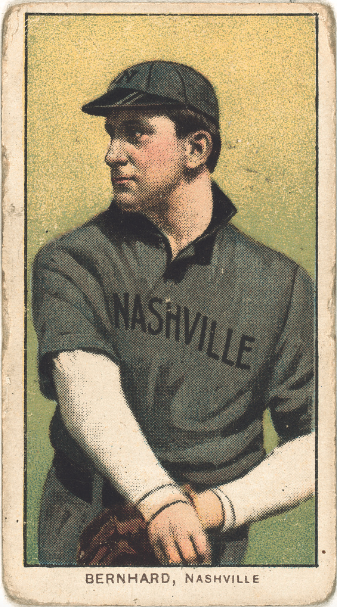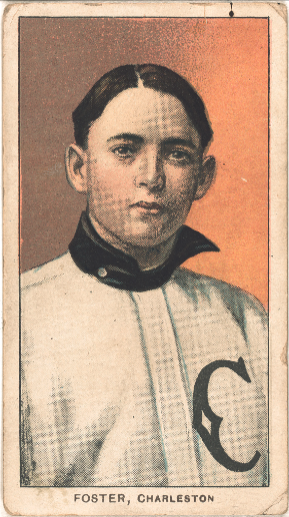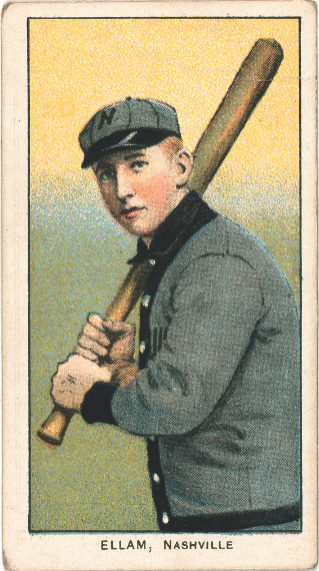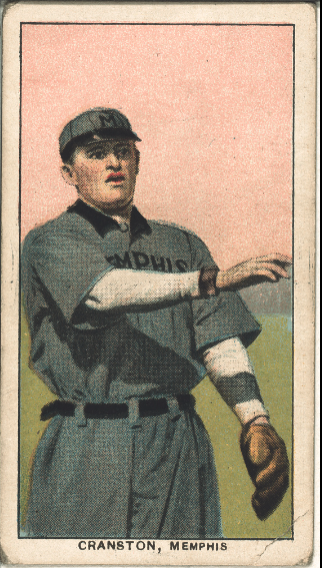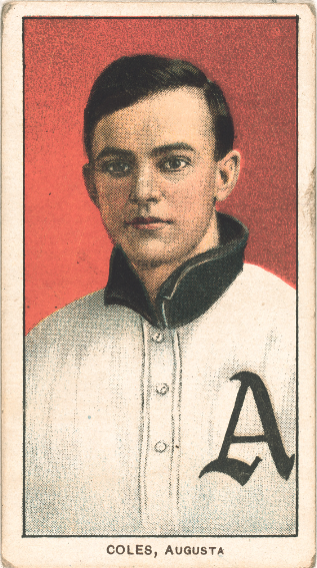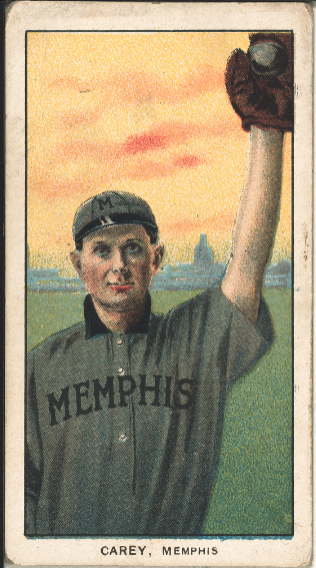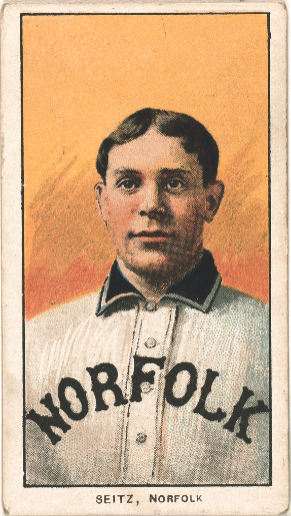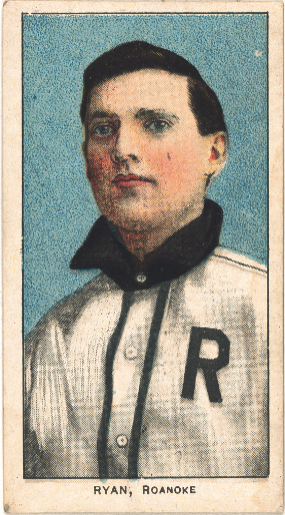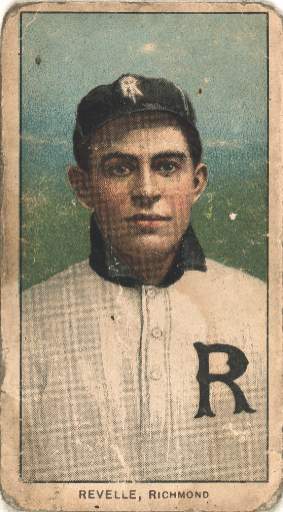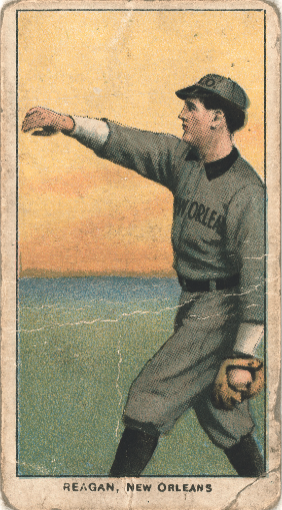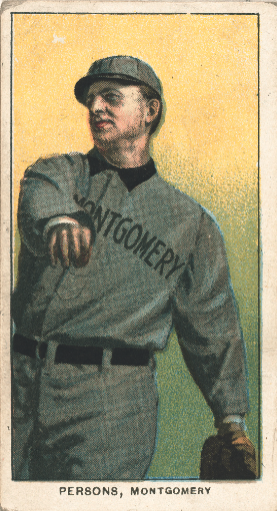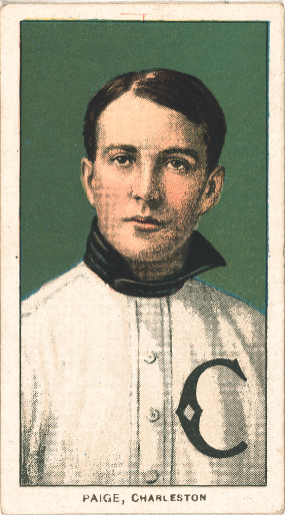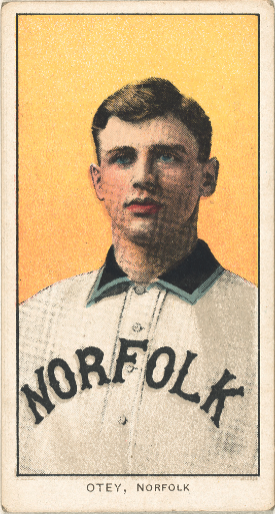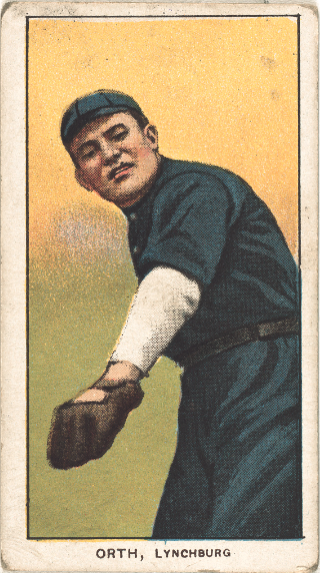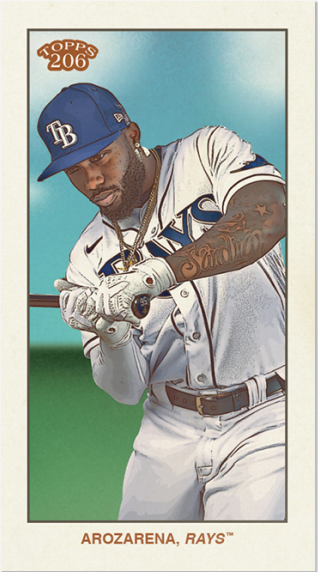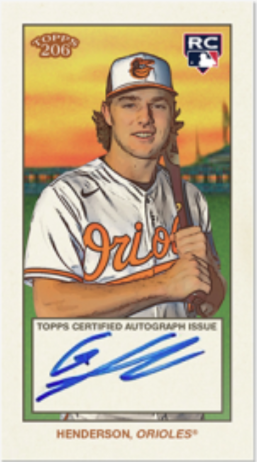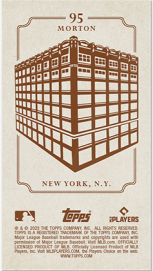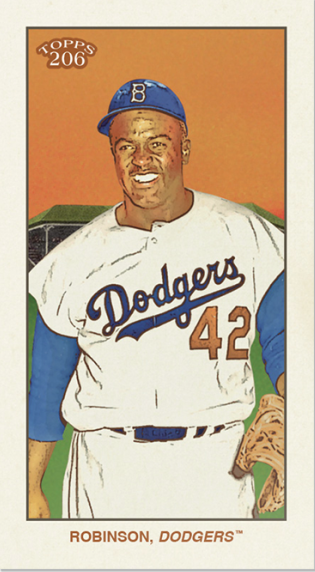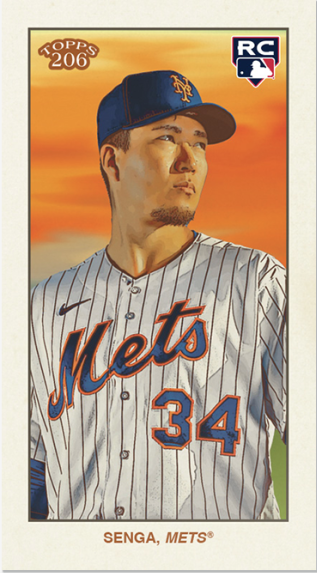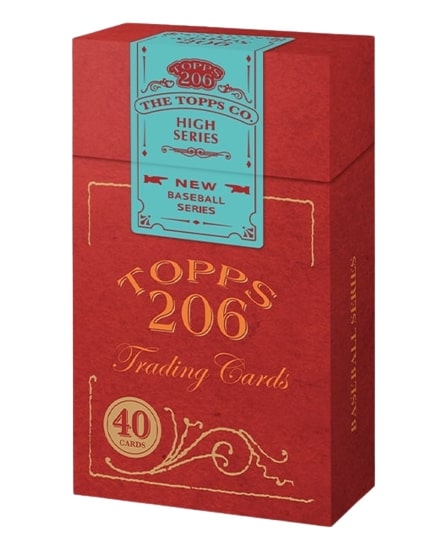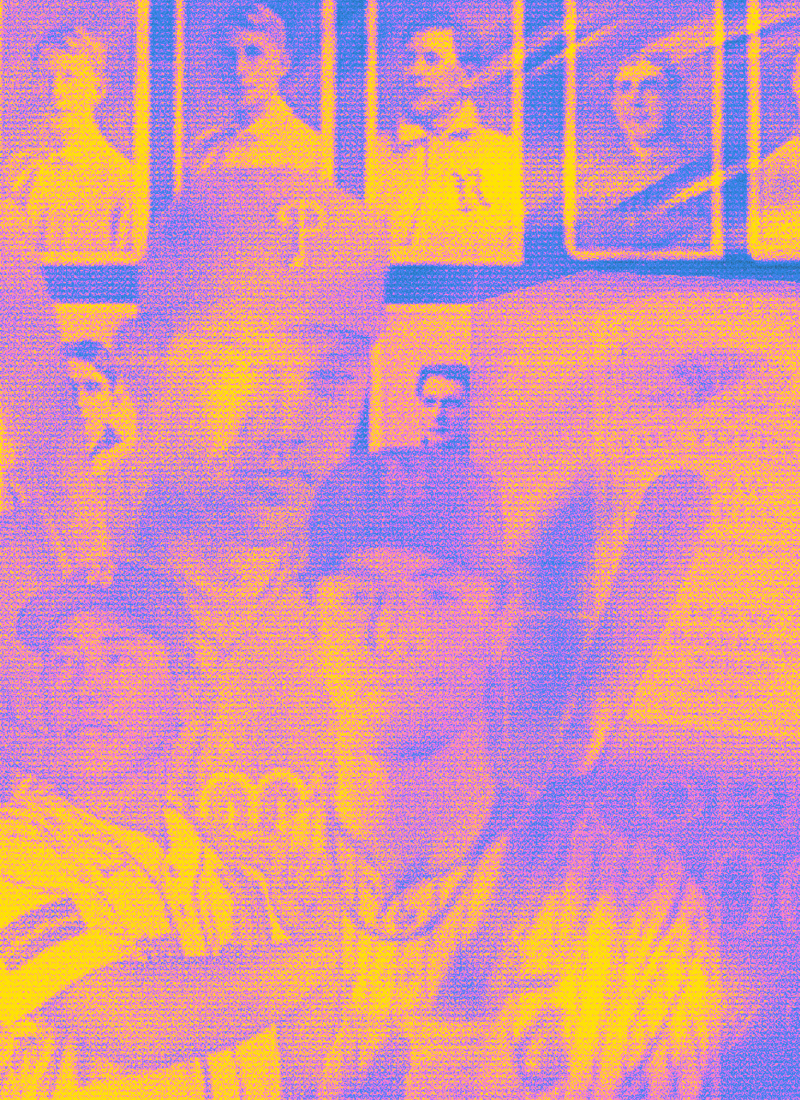
Looking Past the Icons for the Hidden Gems
Be sure and check out 2023 Topps 206 Baseball – High Series.
Reconfigured for 2023 – Topps 206 Baseball provides collectors the cherished joy of set collecting with the nostalgic look and feel of the trading cards that are at the origin of the hobby!
Each pack is filled with modern-day stars, retired legends, and talented rookies – featured on the vintage 206 design. Keep an eye out for rare parallels, image variations, and limited-edition autographs!
Discover 2023 Topps 206 Baseball – High Series Now
Septembers to Remember
Ah, September. So many things happen this time of year: school, college football, and fall. And, of course, MLB’s September Call-Ups. This September, the active roster for each baseball team expands from 26 to 28, allowing teams to “call up” minor leaguers from their farm systems to get some big league experience. Many of these minor leaguers will go on to have modest careers. However, these players – and the minor leagues – represent a core history of the sport. The story of the minor leagues provides an account of baseball’s development and growth. How do we collect and organize this history? The answer is baseball cards. And a great place to start is the famous T206 set.
When you think of T206, you think first (and perhaps only) of Honus Wagner.
The Pittsburgh Pirates shortstop was one of the earliest superstars of baseball, a status cemented by his inclusion in the first-ever class of the Baseball Hall of Fame in 1936. He won a record eight batting titles, fielded his position with the best of them, and ran fast enough around the basepaths to earn the nickname “The Flying Dutchman.”

Indeed, the Wagner T206 is one of the most cherished baseball cards in history. Due to its extremely limited print run (the reason for which is oft-debated), buyers spend millions of dollars to get their hands on one of the dozens of copies that still exist. This fall, the card is hitting the market for the first time in nearly a year, and you can expect another massive price tag.
But did you know hundreds of other players are featured in the T206 set? They’re similarly valuable pieces of baseball history, and you don’t have to win the lottery to get your hands on them. Here, we’re taking a closer look at some of the unsung heroes from T206 and exploring why they matter.
Meet the Southern Leaguers
From 1909 to 1911, the American Tobacco Company produced some of America’s earliest baseball cards. They were included in the company’s packaging and effectively served as advertisements for its various tobacco products, including Piedmont and Polar Bear. In addition to Wagner, the set features other titans of the game, like Ty Cobb and Cy Young; in total, the set has 524 cards (there are many variations for several players in the set). On the back of the cards, the American Tobacco Company promoted 16 brands, meaning thousands of potential front-and-back combinations (a formidable challenge for even the most dedicated set collectors).
“All in all, T206 is a set unparalleled in scope and variety,” said Mark Peavey, the author of The Mysteries of T206.
Perhaps less known is that T206 features over 100 minor league ballplayers, about half of which come from a group of leagues known collectively as the Southern Leagues. These baseball leagues — the South Atlantic League, the Southern Association, the Texas League, and the Virginia League — represent a fascinating piece of early baseball history. A few of the featured ballplayers made impacts in the Majors, but most of them had fleeting careers (if they even appeared in the MLB at all). Without the Southern League T206 cards, much of the history of those players, teams, and associations might have been lost to time.
T206 Southern Leaguers
Anson Whaley has been an avid pre-war card collector for over two decades. Throughout his hobby journey, he’s identified one Southern Leaguer featured in T206 whose card is far more popular than the rest: Shag Shaughnessy. Buyers searching for a Shaughnessy card should be prepared to spend over $2,000 for a copy in decent condition. Shag’s T206 card is not an easy find, but that’s not because of an illustrious MLB career — Shaughnessy played nine games across two big-league seasons. (He did, however, play college football for Notre Dame and more than 1,000 games in minor league baseball.) Truth be told, Shaughnessy’s card might be so popular because of his look.

“That guy just has a cool haircut, and it almost looks like he’s a time traveler,” said Topps Brand Manager Nick Bouris. “You never know what’s going to resonate with the collector until the product is out there.”
Other cards are popular for similarly innocuous reasons, including that of Harry Sentz, who never appeared in an MLB game. “So little is known of his career,” Whaley points out, “that the esteemed Baseball Reference website can’t even tell us if he was right-handed or left-handed.” So, what’s so notable about Sentz? Collectors often chase his card because his last name is misspelled as “Lentz” (though it was never corrected in later print runs, so “Lentz” cards aren’t any more rare than others).
Some Southern Leaguers had more than a cup of coffee in pro baseball, though. One of them is Al Orth, a right-handed pitcher who finished his 15-year career with a WAR over 50. Orth is featured in T206 as a member of the Lynchburg Shoemakers from the Virginia League — it was one of his final stops in pro ball before retiring in 1910 at 37.
T206 Southern Leaguers
So these cards matter, but not necessarily because they depict titans of the sport. They matter because they offer insight into lesser-known areas of baseball, preserving the legacies of popular regional players. Baseball cards are records of baseball history and, thus, records of cultural history.
T206, Rebooted
In 2002, nearly 100 years after the original T206 cards were created, Topps rebooted the brand with Topps 206. The set paid tribute to the original T206 design and artwork, leaning heavily on nostalgic elements. Topps has released several collections of 206 cards over the years, including the first wave of its 2023 series (the “Low Series”) earlier this year.
Though the modern Topps 206 set doesn’t include any minor leaguers, it resembles the cards of the early 1900s. Even this year’s box has been redesigned and oriented vertically to mirror the OG set’s packaging more closely.
And those card-back variants get Bouris most excited. In addition to ads for Piedmont and Polar Bear, there are some new card backs for collectors to chase. One of them is called 95 Morton, named after the address of Topps’ corporate headquarters in the West Village of New York City. Only 25 cards per subject depict Topps HQ on the back.
“It’s so unique, everything from the size of the card to the different card backs. It’s a totally different collector experience,” Bouris said. “It’s very true to the original with some fun variations.”
2023 Topps 206 Baseball – Low Series
Discover 2023 Topps 206 Baseball – High Series Now
